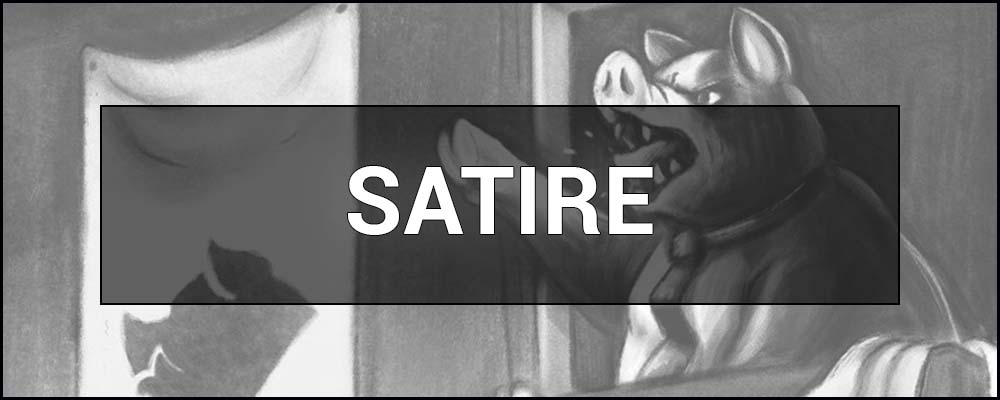Satire is a type of artistic expression that uses humor, irony, ridicule, and hyperbole to criticize and ridicule human flaws, social shortcomings, or political problems.
What is SATIRE – concept and definition in simple words.
In simple terms, Satire is a way of expressing opinions about various topics using humor, irony, and ridicule to show flaws, mistakes, or problems in society.
It helps people understand the wrong sides of something, but it does so in a fun and engaging way. Satire can be in the form of books, drawings, movies, or plays. For example, when someone makes fun of politicians or shows the funny side of everyday life, it can be satire.
The main goal of satire is to teach people to look at things critically, but to remain positive and open to change.
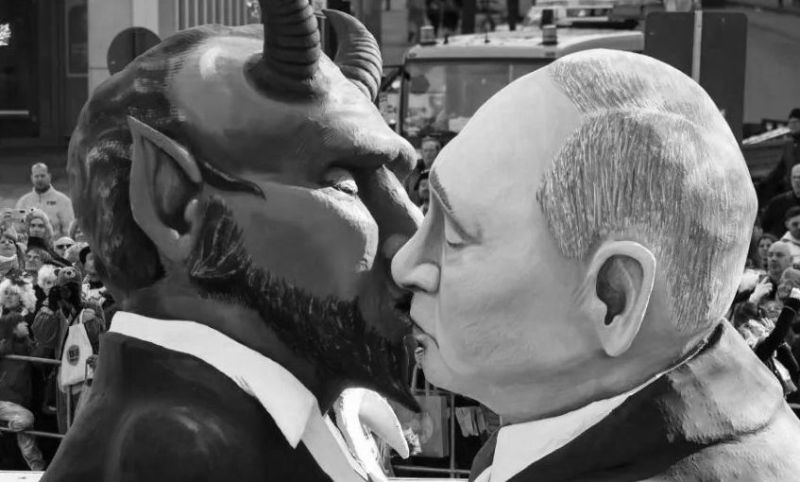
The essence of satire.
Satire is a unique art form that has its own main aspects and characteristics. To better understand the essence of satire, we should consider its fundamental elements.
The use of irony, hyperbole, and mockery.
One of the main differences between satire and other art forms is its use of irony, exaggeration, and mockery. Irony in satire means that the author says the opposite of what he really means. Exaggeration is a way to emphasize a certain problem, making it more noticeable and funny. Mockery is the ridiculing or mocking of situations that reflect the flaws of a person or society.
Satire plays an important role in exposing human weaknesses and social problems. Through humor and criticism, satire makes people think about their actions, attitudes toward others, and the world around them. By showing the ridicule and absurdity of certain situations or the wrong sides of human behavior, satire promotes critical thinking and stimulates the search for solutions to problems.
A brief history of satire.
Satire has a rich and interesting history that dates back to ancient times and continues to the present day. It originated in Ancient Greece in the form of satirical dramas that ridiculed myths, gods, and heroes. Later, satire spread to other cultures, taking on new forms and expressions.
In the Middle Ages, satire took on a new life in the form of comedies and farces, which were intended to ridicule the shortcomings of people and society. In the Renaissance, satire became increasingly sophisticated, using subtle humor and allegories to criticize political and religious authority.
Famous satirists of different eras.
Among the prominent satirists of different eras is Jonathan Swift, author of Gulliver’s Travels, who ridiculed the social orders and political systems of the eighteenth century.
Mark Twain, another prominent satirist, criticized racism, imperialism, and other social problems of the nineteenth century in his works. His works, such as The Adventures of Huckleberry Finn and The Adventures of Tom Sawyer, became symbols of American satire.
In the twentieth century, satire found its way into movies and television. For example, Charlie Chaplin criticized totalitarian regimes and other social problems of his time in his films such as The Great Dictator. Also, worth mentioning is the English comic group Monty Python, which has become a true embodiment of satire in its TV shows and films.
Modern satire is actively developing in various media formats, such as Internet memes, YouTube shows, TV programs, and stand-up comedy. Satirists continue to ridicule the shortcomings of society, politicians, corporations, and pop culture, raising topical issues and prompting reflection.
The impact of satire on culture and society.
Satire has always played a significant role in shaping culture and society. It helped people critically evaluate reality, ask questions, and change the world around them. The influence of satire can be seen in art, literature, cinema, and theater. Satirical works help to emphasize the problems of society and contribute to their solution through humor and criticism.
In addition, satire stimulates critical thinking and teaches people to recognize contradictions and inconsistencies in the world around them. It is a mirror in which society can see its flaws and shortcomings, and perhaps learn from them and become better.
Forms and genres of satire.
Satire can take many forms and genres, depending on the context and the author’s purpose. Let’s take a look at some of them:
Forms:
- Literary satire is one of the most common forms of satire, which is expressed through prose, poetry, and drama. The works of Voltaire, Oscar Wilde, and George Bernard Shaw demonstrate different aspects of literary satire.
- Visual satire includes caricatures, comics, and memes that use images to ridicule politicians, celebrities, and social phenomena. Artists such as Al Hirschfeld and David Lowe create visual satirical works that leave an indelible mark on culture.
- Performing satire encompasses live performances such as stand-up comedy, improvisation, and theater shows. Comedy groups such as Monty Python have become masters of stage satire.
- Cinematic satire appears in the form of satirical films and TV series that use cinema as a medium to ridicule and criticize society. Examples include the films Dr. Strangelove and The Great Dictator by Charlie Chaplin.
- Musical satire uses music and songs to ridicule or criticize individuals, situations, or social phenomena. Famous representatives of musical satire include Tom Lehrer, “Weird Al” Yankovic, and the band Flight of the Conchords.
- Animation satire uses cartoons and animated series to ridicule and criticize society and culture. Famous examples of animated satire include The Simpsons, South Park, and American Dad!
- Online satire uses online platforms such as blogs, websites, and social media to distribute satirical content. Famous online satirical resources include The Onion, ClickHole, and Babylon Bee.
- Television satire includes satirical television programs and series that focus on making fun of politics, society, and pop culture. Famous examples of television satire include Saturday Night Live, The Daily Show, and Last Week Tonight with John Oliver.

Genres:
- Political satire aims to ridicule political figures and government decisions.
- Social satire focuses on ridiculing and criticizing social norms, paradigms, values, and stereotypes. Mike Judge’s comedy Idiocracy is an interesting example of social satire.
- Parody is a genre of satire that imitates and distorts the styles, forms, and ideas of other authors, works, or popular cultural phenomena for the purpose of humorous criticism. A famous example of parody is Scary Movie.
- Absurd satire uses illogical situations, unusual characters, and unrealistic plots to criticize society and human behavior. Famous examples of absurd satire include the works of Eugène Ionesco and Lewis Carroll.
- Satire in painting involves the creation of visual works, such as paintings, caricatures, and illustrations, that ridicule or criticize political, social, or cultural phenomena. Famous satirical artists include Honoré Daumier, James Gilray, and Banksy.
- A satirical novel is a genre of literature that focuses on ridiculing and criticizing society, politics, and human nature. An example is Gulliver’s Travels by Jonathan Swift.
- Stand-up comedy satire uses live performances by a comedian on stage to ridicule and criticize political, cultural, and social phenomena. Famous satirical stand-up comedians include George Carlin, Bill Hicks, and Hannibal Buress.

Examples of satire in literature, film, music, and television.
This paragraph provides a variety of examples of satire in literature, visual arts, film, television, and music. They help to illustrate the breadth and depth that satire can take, and show the different ways in which authors use satire to express their point of view and criticize society.
Literature:
- Gulliver’s Travels (Jonathan Swift) is a satirical description of a journey to incredible countries that reflect the shortcomings of his society and politics at the time.
- Animal Farm (George Orwell) is an allegory of Soviet totalitarianism, in which animals on a farm take over from humans.
- Candide (Voltaire) is a satire on Leibniz’s optimism and philosophy, a story about the adventures of young Candide, who faces evil in the world.
- The Master and Margarita (Mikhail Bulgakov) is a satirical reflection of the Stalinist era through the story of a devilish visitation to Moscow.
- Catch-22 (Joseph Heller) – a satire on the absurdity of war and bureaucracy through the adventures of an American soldier during World War II.
Films:
- Strangelove (Stanley Kubrick) is a black comedy about the dangers of nuclear war, satirizing cold-blooded politicians and the military.
- The Great Dictator (Charlie Chaplin) – a parody of dictators, including Hitler, in a film that criticizes fascism, Nazism and anti-Semitism.
- Monty Python and the Holy Grail is an absurd comedy that parodies the Middle Ages and plays on the Arthurian myth.
- Blazing Saddles (Mel Brooks) – a comedy that pokes fun at racism and cultural stereotypes through wild western adventures.
- The Death of Stalin (Armando Iannucci) – a political satire about the internal intrigues in the Kremlin after Stalin’s death.
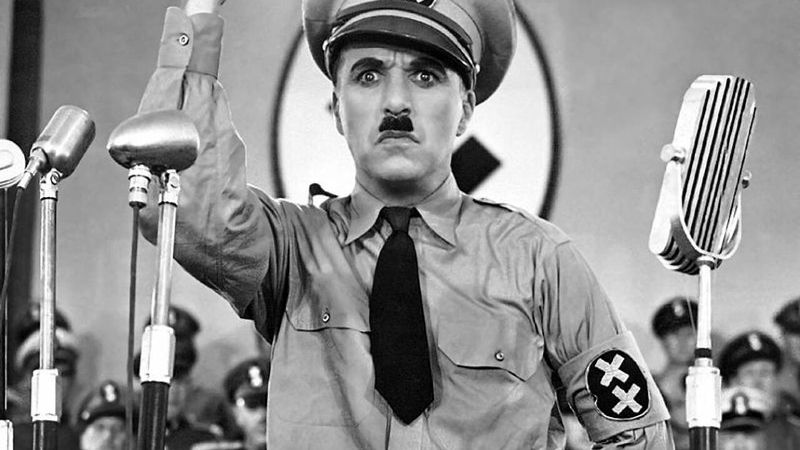
Television:
- The Simpsons (Matt Groening) is an animated series that satirizes American society, politics, and culture.
- Saturday Night Live (Lorne Michaels) is a sketch show that parodies current events, politicians, and celebrities.
- South Park (Trey Parker and Matt Stone) is an animated series that satirizes contemporary social issues and political events.
- The Daily Show (with Trevor Noah) is a television show that satirizes the news and political landscape.
- The Colbert Report (Stephen Colbert) – a television show in which the host acts as a conservative commentator, satirizing political events and discussions.
Music:
- The Ballad of John and Yoko (by The Beatles) is a song about the scandalous wedding of John Lennon and Yoko Ono, which mocks the condemnation of society.
- Weird Al Yankovic is a musician who is known for his parodies of popular songs, satirizing their content and musical clichés.
- The Bonzo Dog Doo-Dah Band is a band known for its bizarre approach to music and satirical lyrics.
- Fascist Groove Thang (by Heaven 17) is a song that satirizes fascist ideas and repressive policies.
- Randy Newman is an American singer and songwriter known for his satirical songs about American society, racial stereotypes, and politics.
Visual Arts:
- The Third of May 1808 (Francisco Goya) is a satirical depiction of the brutality of war when Napoleon invaded Spain.
- A Rake’s Progress (William Hogarth) – a series of engravings depicting the legacy of foolish youth and moral decay.
- Daumier’s Caricatures (Honoré Daumier) – Daumier’s caricatures of politicians, artists, and society that reflect acute social shortcomings.
- Dadaism (Hans Richter) – an avant-garde movement that used absurdity and illogic to ridicule traditional artistic and cultural values after the devastating effects of the First World War.
- Banksy’s Street Art (anonymous artist Banksy) – street murals and graffiti that satirize the political, social and cultural problems of modern society.
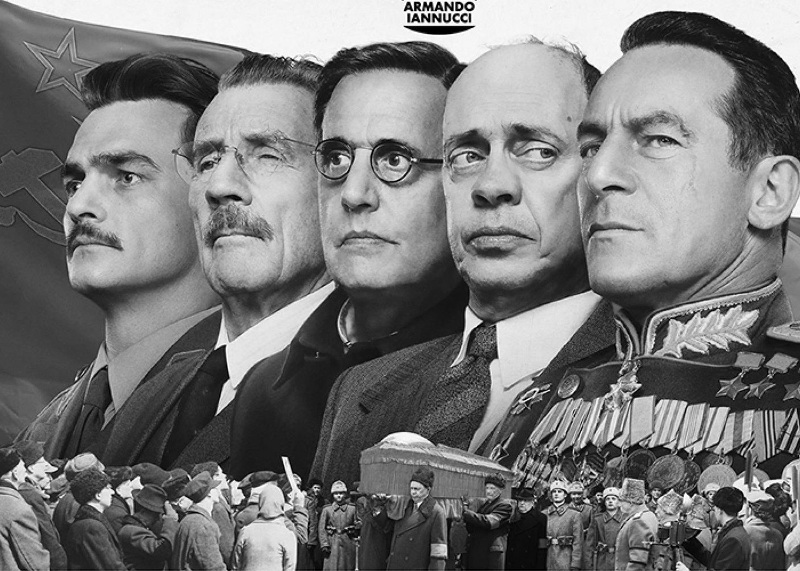
What is Political Satire – in simple terms.
In simple terms, Political satire is a genre that uses humor, irony, and elements of caricature to ridicule political figures, ideologies, and events.
The purpose of political satire is to provide a critical look at politics, to expose absurdity, corruption or malfeasance, and to promote political awareness among citizens.
The history of political satire from ancient Roman times to the present day.
Political satire has a long history, dating back to ancient Rome, where writers such as Juvenal and Horace ridiculed the political issues and elite of their time. In the Middle Ages and the Renaissance, satirists continued this tradition by drawing attention to the shortcomings of power. Famous satirists, such as Jonathan Swift, Voltaire, and Mark Twain, also engaged in political satire in their works.
The role of political satire in shaping public opinion and raising awareness.
Political satire plays an important role in shaping public opinion and promoting public awareness. Through humor and irony, satirists help people critically evaluate the political system, highlight shortcomings and problems, and encourage reflection and discussion.
Examples of political satire and political cartoons.
Political satire can take many forms, including literature, movies, television shows, comics, and political cartoons. Here are some prominent examples of political satire and political cartoons:
- Charlie Chaplin’s The Great Dictator, which mocks Nazi ideology and the figure of Hitler.
- Animal Farm by George Orwell, an allegorical novel that criticizes totalitarian regimes and reflects Soviet reality.
- The Death of Stalin by Armando Iannucci, a novel that ridicules the fear, panic, and senselessness after Stalin’s death.
- The television series House of Cards, which shows corruption and fraud in American politics.
- Political cartoons by Ali Ferzat, a Syrian artist who mocks the dictatorship of Bashar al-Assad.
- The movie Borat! Cultural Learnings of America for Make Benefit Glorious Nation of Kazakhstan by Sacha Baron Cohen, who uses the comedy character Borat to ridicule stereotypes and xenophobia.
These examples of political satire demonstrate how diverse the forms and genres in which it can be presented can be. From literature to film, television, music, and visual art, satire can be a powerful tool for highlighting political and social issues.

The art of creating satire: techniques and strategies of satirists.
Satirists use a variety of techniques to create effective satire, including hyperbole, irony, parody, and caricature. These techniques help authors ridicule and criticize reality while capturing the audience’s attention through humor.
Balance between humor and criticism.
Successful satire strikes the perfect balance between humor and criticism, allowing the audience to laugh at the subject matter while still taking it seriously. Too much humor can diminish the importance of an issue, while too much criticism can make the audience reject the message.
Risks and challenges for satirists.
Satirists often face various challenges, such as censorship, audience outrage, or even legal consequences for choosing sensitive topics to satirize. However, skillful satirists can strategically use these risks to amplify their messages and draw even more attention to the issues at hand.
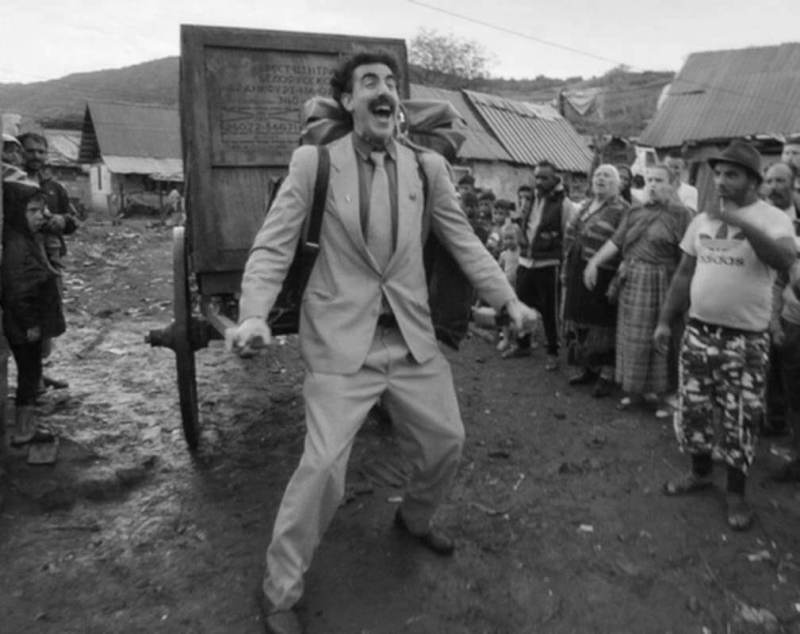
Satire in the digital age: The role of satire in modern media.
Satire has played an important role in the development of modern media, including television, film, and online platforms. It helps audiences to critically perceive social and political events by ridiculing their absurd aspects and promoting debate.
Social media have had a significant impact on the distribution and impact of satire. They provide a fast and efficient way to spread satirical content, allowing videos, memes, and articles to go viral easily. This increases the impact of satire on shaping public opinion and drawing attention to important issues.
Conclusion.
In this article, we have examined various aspects of satire, including its definition, history, techniques and strategies, and its role in the modern digital environment. We have highlighted the importance of satire as a tool for encouraging critical thinking and promoting social change. Satire is important for shaping public consciousness and raising awareness of current issues related to politics, culture, and society in general.
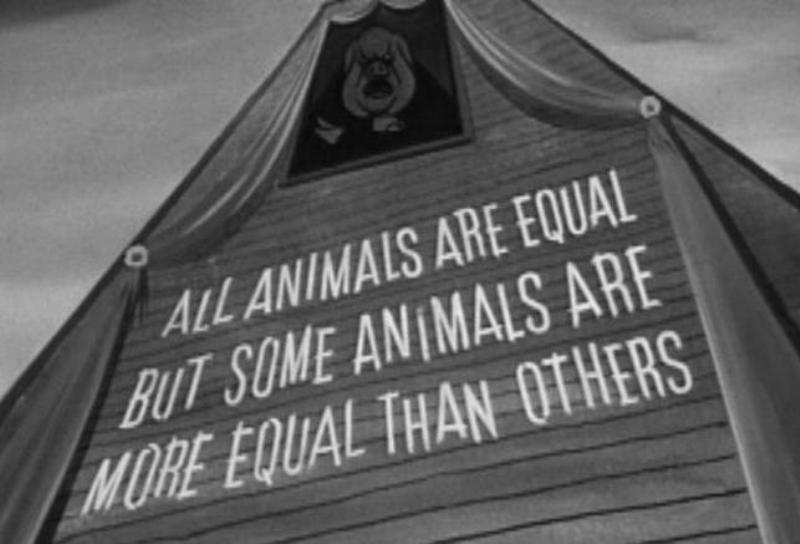
FAQ (Frequently Asked Questions):
Satire is a genre of art that uses humor, irony, and ridicule to criticize social, political, or cultural phenomena.
Satire in literature is a work that uses humor, irony, and ridicule to criticize social, political, or cultural phenomena. Examples of satirical literature include Jonathan Swift’s Gulliver’s Travels and Voltaire’s Candide.
Social satire is a type of satire that ridicules and criticizes societal flaws, stereotypes, and attitudes.
Satire can take many forms, such as literature, movies, television, music, etc. Examples of satire include George Orwell’s Animal Farm, Charlie Chaplin’s The Great Dictator, and Matt Groening’s The Simpsons.
Satire uses humor as a means to ridicule and criticize certain social phenomena, but its goal is not just to entertain, but to encourage reflection and change.
Comedy aims to entertain, while satire uses humor to criticize and ridicule. Comedy may not have a political or social subtext, while satire always has a specific purpose of criticism.

